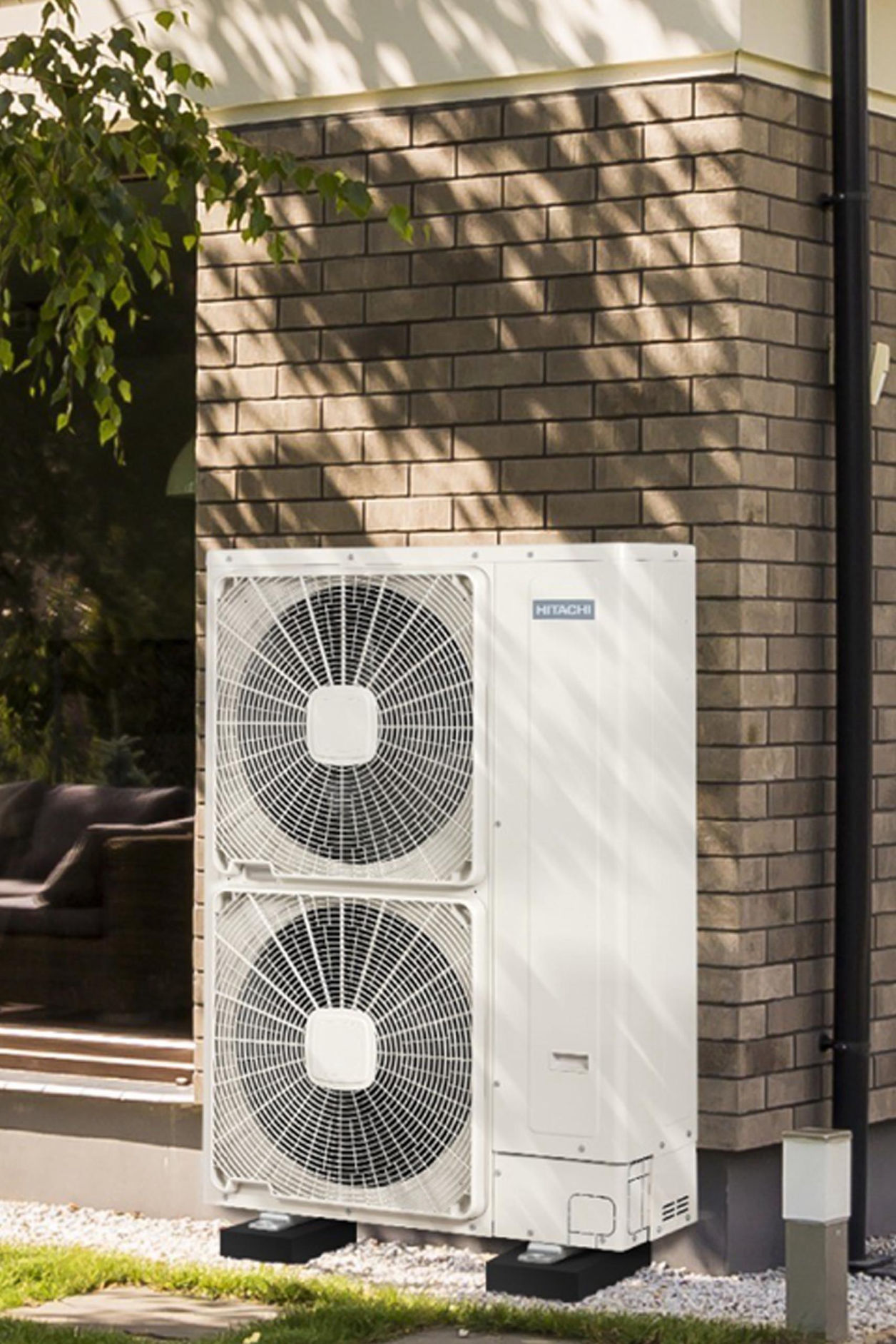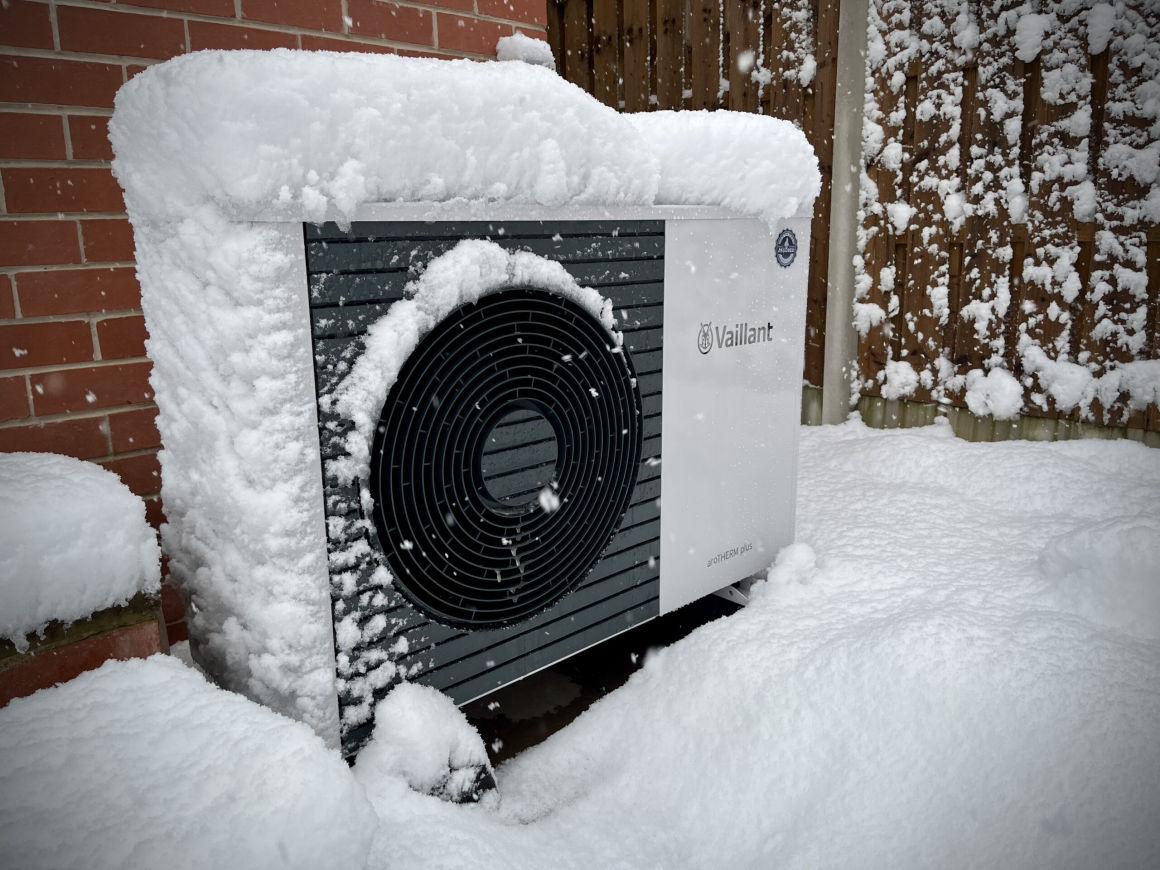Here's how an air source heat pump typically works
1. Absorption of Heat: The ASHP unit contains a refrigerant fluid that circulates between an indoor unit (evaporator) and an outdoor unit (condenser). Even in cold weather, there is still heat energy present in the outside air.
2. Evaporation: The refrigerant in the evaporator coil evaporates as it absorbs heat from the outside air. This causes the temperature of the refrigerant to rise.
3. Compression: The compressor in the outdoor unit increases the pressure of the heated refrigerant vapor, which further increases its temperature.
4. Heat Release: The hot refrigerant vapor then passes through the condenser coil located indoors. As it condenses back into a liquid state, it releases the absorbed heat into the indoor space, heating it.
5. Expansion: The pressure of the refrigerant is reduced using an expansion valve, and it returns to the evaporator as a low-pressure, low-temperature vapor to start the cycle again.
During the summer, the process can be reversed to provide cooling. The ASHP extracts heat from the indoor space and releases it outside, effectively cooling the indoor environment.






